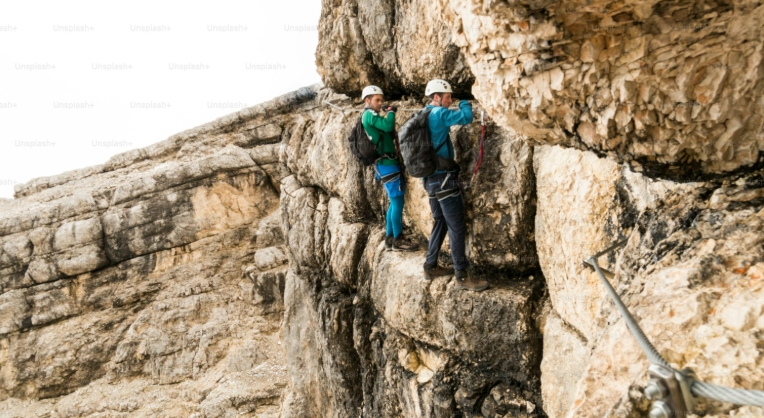Understanding Exposure Climbing: A Guide for Adventurous Climbers
Exposure climbing is an exhilarating yet often misunderstood aspect of outdoor rock climbing. It involves ascending routes that present significant heights without immediate safety measures, providing a unique mix of thrill and challenge. For climbers looking to expand their skills and embrace the wild heights of nature, understanding exposure climbing is essential.
What is Exposure Climbing?
Exposure climbing refers to climbing routes where the risk of falling is particularly heightened due to the terrain’s steepness and vertical drops. Unlike traditional climbing, where you might be protected by gear, exposure climbing often means you might be roped but still facing significant heights without a solid anchor point below. This type of climbing forces climbers to confront their fears and build a mental resilience that is crucial for both safety and skill improvement. It provides a remarkable view and offers a sense of accomplishment that is hard to match.
Preparing for Exposure Climbing
Getting ready for exposure climbing requires both physical and mental preparation. Climbers should be well-versed in their climbing techniques and have a solid foundation of outdoor skills. Practicing on less exposed routes can help build your confidence. It’s essential to work on your footwork, body positioning, and balance since your movements will be more pronounced in exposed situations. Additionally, consider engaging in rope management training, as handling your gear efficiently can prevent dangerous situations when you’re high up.
Safety Considerations
While exposure climbing can be thrilling, safety must always be a priority. Ensure you’re equipped with proper gear, including a harness, climbing shoes, and a sturdy helmet. Double-check your knots and know how to use belays properly. Climbers should also consider the weather conditions; high winds or rain can increase risks significantly. Telling someone your climbing plan is vital, and climbing with a partner ensures you have support in case of emergencies, both physically and psychologically.
Conclusion
Exposure climbing is a remarkable way to push your limits and gain a deeper appreciation of the rock faces you conquer. As you prepare to embark on your climbing adventures, remember to hone your skills, prioritize safety, and challenge yourself to embrace the heights. Whether you are a seasoned climber or just starting, understanding the essence of exposure climbing will enrich your experience. Dive deeper into this fascinating sport, and you might just discover your new favorite way to explore the great outdoors!
